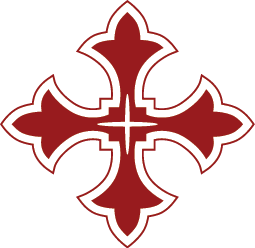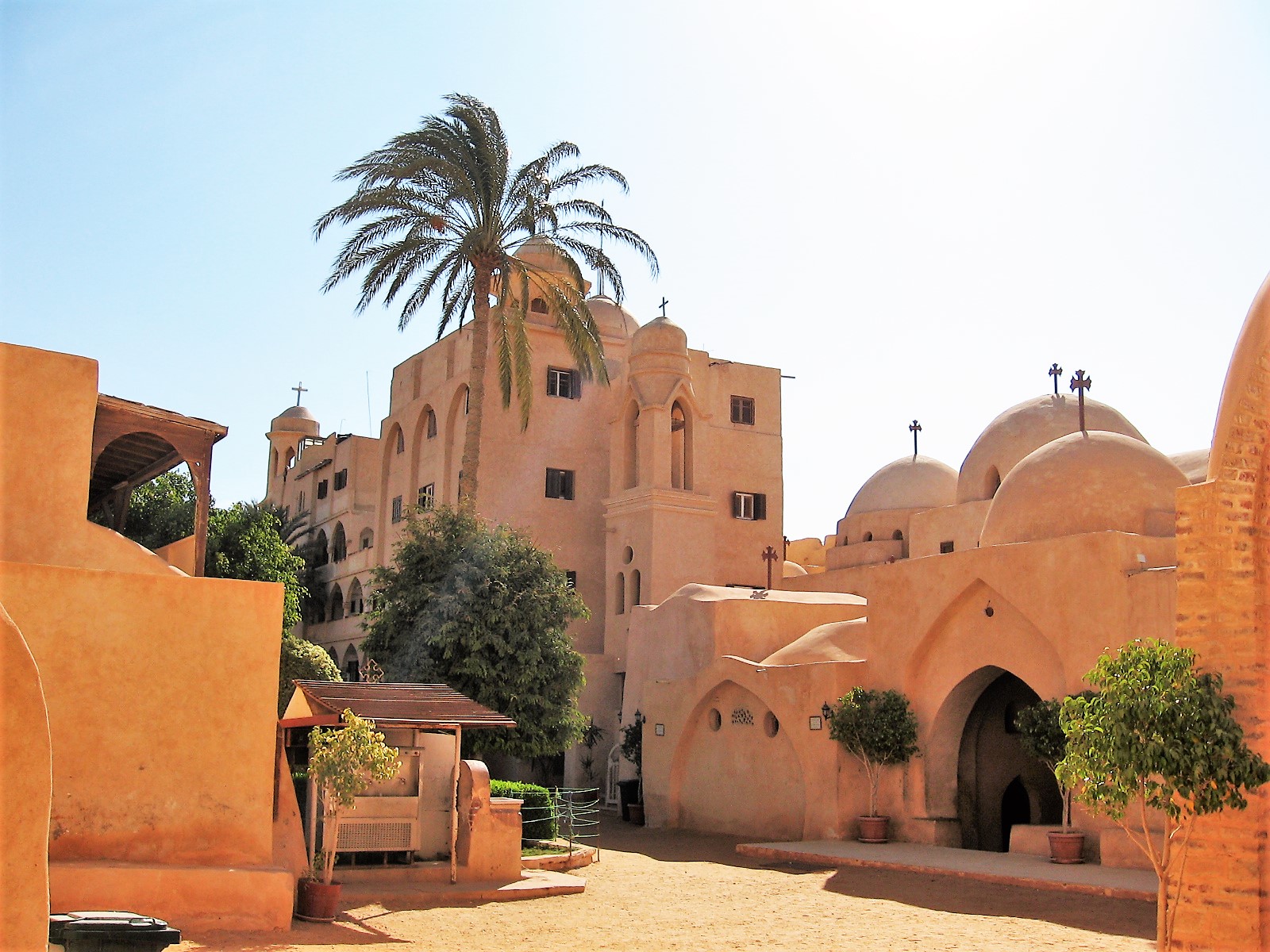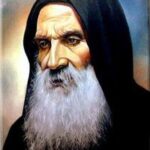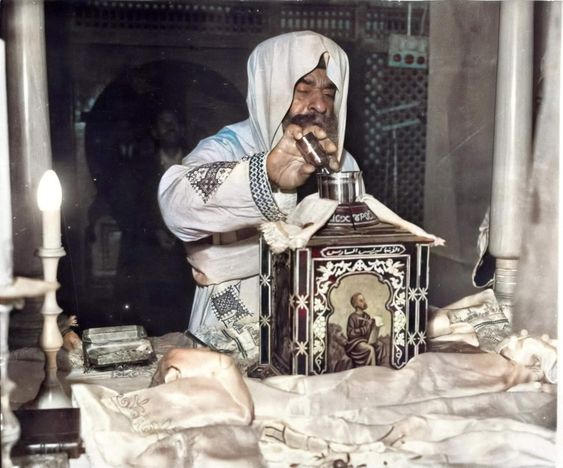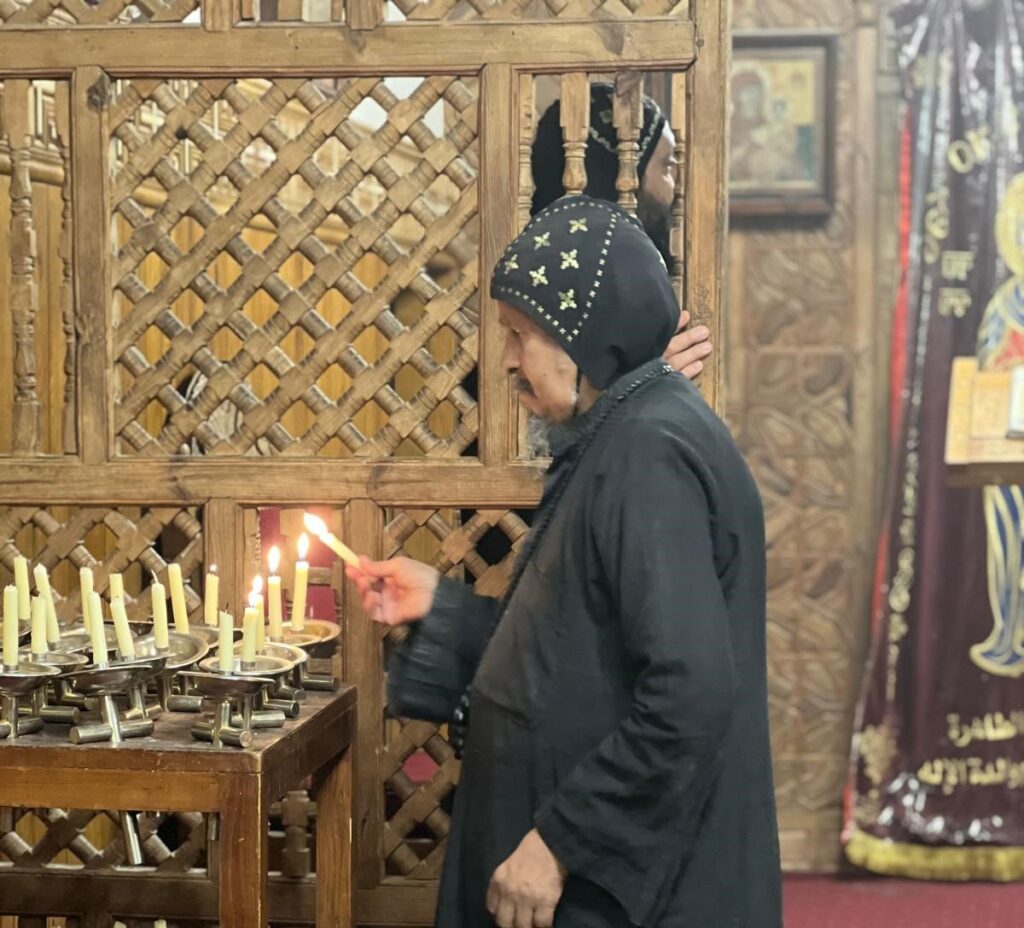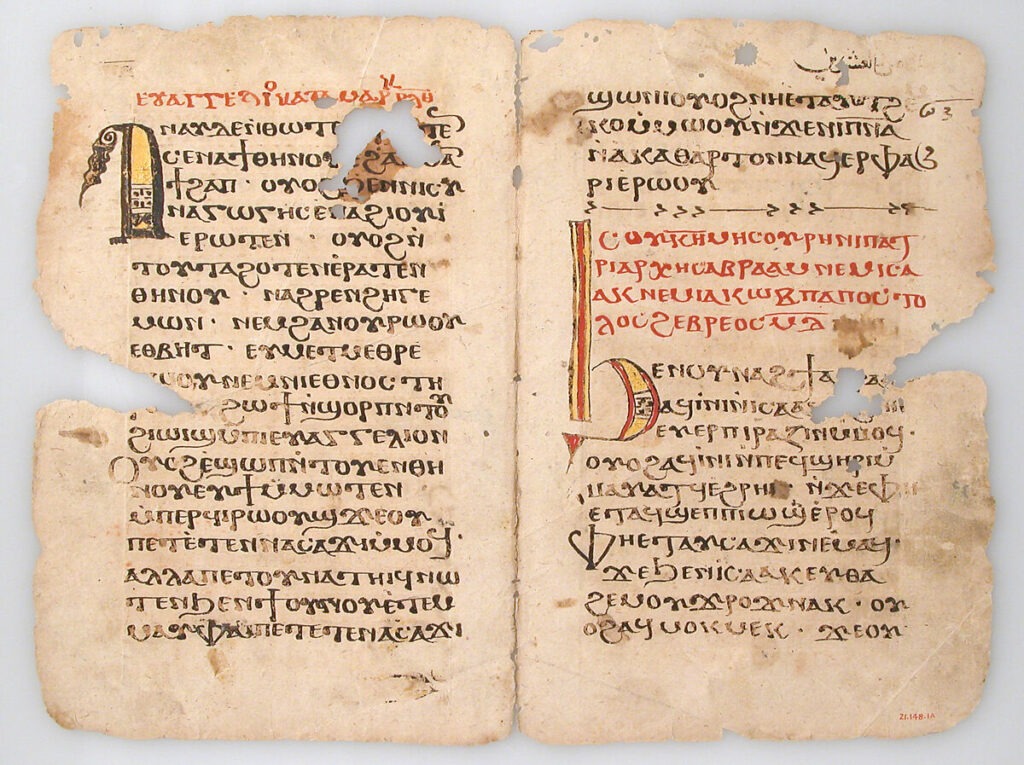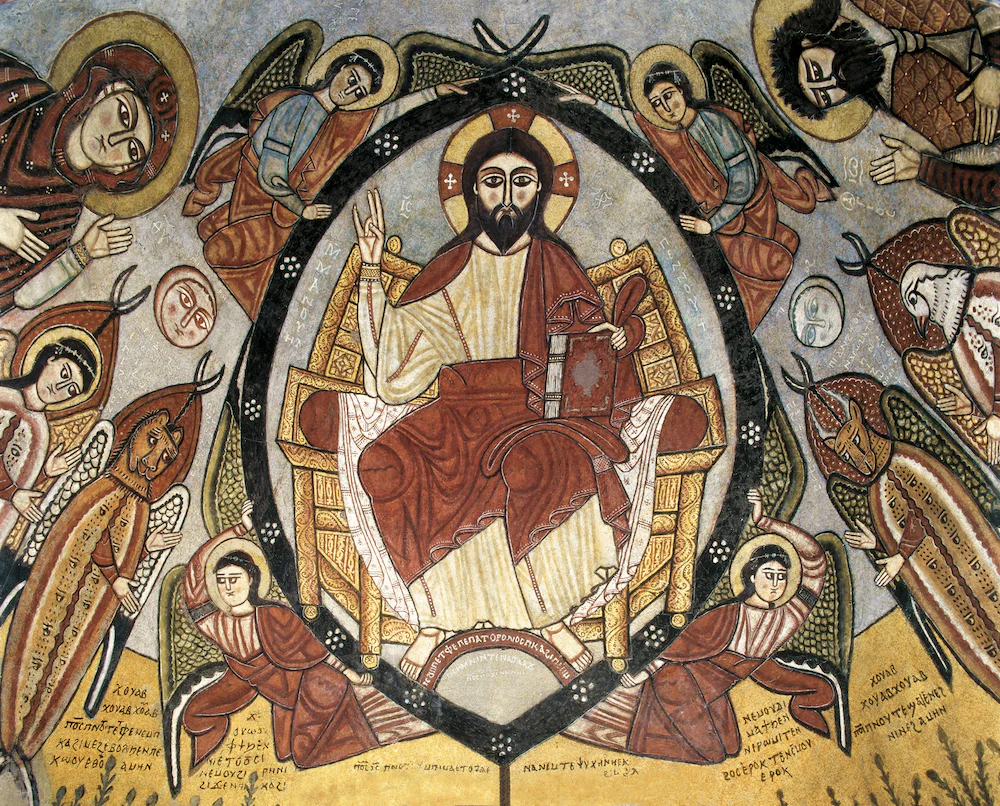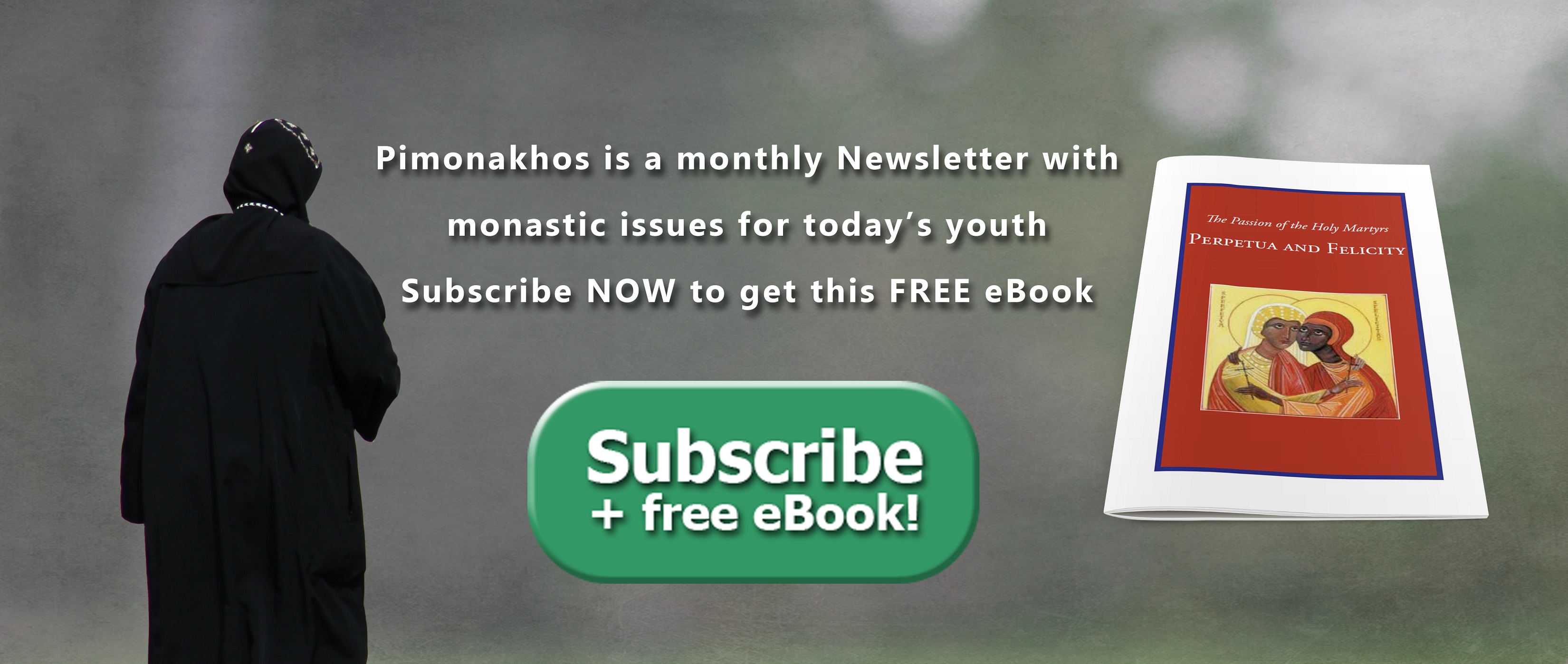Multicultured Monks of Wadi Al Natrun The prophecy of the child Jesus, which he gave during the journey of the Holy Family to Egypt, when they passed by the area of Wadi Al Natrun, fulfilled. According to what Zacharias, the bishop of Sakha in the 7th century, wrote in the homily about the Holy Family, …
Multicultured Monks of Wadi Al Natrun
The prophecy of the child Jesus, which he gave during the journey of the Holy Family to Egypt, when they passed by the area of Wadi Al Natrun, fulfilled.
According to what Zacharias, the bishop of Sakha in the 7th century, wrote in the homily about the Holy Family, Jesus Christ blessed the four corners of the natrun mountain saying, “In this mountain, there will be so many monasteries and churches full of monks and all those eager to serve God. So many people will come from all over the world to be blessed there.” All this came true as the history of monasticism in Wadi Al Natrun tells us that many people from all over the world came to live a monastic life in that mountain.
The appearance of monks of various nationalities at the beginning of the era of monasticism in Wadi Al Natrun: The era of monasticism in Wadi Al Natrun started with the appearance of St. Macarius the Great around whom so many disciples gathered from Egypt and abroad. The most famous saints who came to Wadi Al Natrun during the lifetime of St. Macarius the great and after his departure are:
1- The two saints Maximus and Domadius: They were the sons of King Walendianus, (died in 379 A.D.) who was, in turn, the son of King Jovianus. Their biography was written by a deacon called Bishoy from Constantinople who came to Wadi Al Natrun and lived beside St. Macarius. He explained in this biography how those two saints met St. Macarius and begged him to accept them as monks and disciples and after he examined the truth of their hearts and intentions, he accepted them and praised their lives. After they died on the 14th and the 17th of Toba (Coptic calendar), St. Macarius built them a church which was called “El Tobonsy”, meaning “The Strangers” and he did not call the church in the name of any of them.
2- In this regard, we have to refer to St. Arsenius who was a tutor for Arcadius and Honorius, the sons of King Theodosius the Great. St. Arsenius spent forty years in the desert of Wadi Al Natrun. His biography was written by his disciple Daniel. He came to Wadi Al Natrun in 394 A.D. and became one of the most famous monks there. He was of Italian nationality and was master of philosophy and the Greek Literature. Some references say that during a certain period of his life, he was a disciple of Rufinus, the monastic historian; therefore, he loved the Egyptian monasticism. When he came to Wadi Al Natrun, he became the disciple of St Paphnutius and St John the Short. He departed on the 8th of May, 449 A.D. corresponding to the 13th of Bashans.
3- Other monks: Such as Porphyrius who came from the city of Gaza in Palestine in 378 A.D; Fothinus who was one of the famous scholars in Cappadocia in 399 A.D. and also Andronicus from Antioch who was the disciple of St. Daniel in Scetis and so many others. Therefore, St. Serapion who wrote the biography of St. Macarius tells us that: “In Wadi Al Natrun, there were many foreign monks from Romania, Spain, Libya, the Five Cities in North Africa, Cappadocia, Byzantine, Italy, Macedonia, Asia, Syria, Palestine and Galatia.
4- Foreign nuns: In addition to the foreign monks who lived in Wadi Al Natrun, the historic references tell us about many noble women from various nationalities who came to Wadi Al Natrun disguised as monks so as to be able to live under the guidance of the pious fathers such as St. Macarius and St. Daniel. In most cases, they were found to be women after their departure or shortly before that such as St. Apolinaria, the daughter of King Anthimus (467-472), St. Ilaria, the daughter of King Zinon, St. Anastasia who was admired by King Justinian and St. Arbisima. It is mentioned in a doxology in one of the manuscripts in the Vatican Library that Fr. “Bisarion” and his disciple “Dollas” found a monk dead in his cave and when they came near to bury him, they found out that he was a woman.
By General Bishop Martyros
